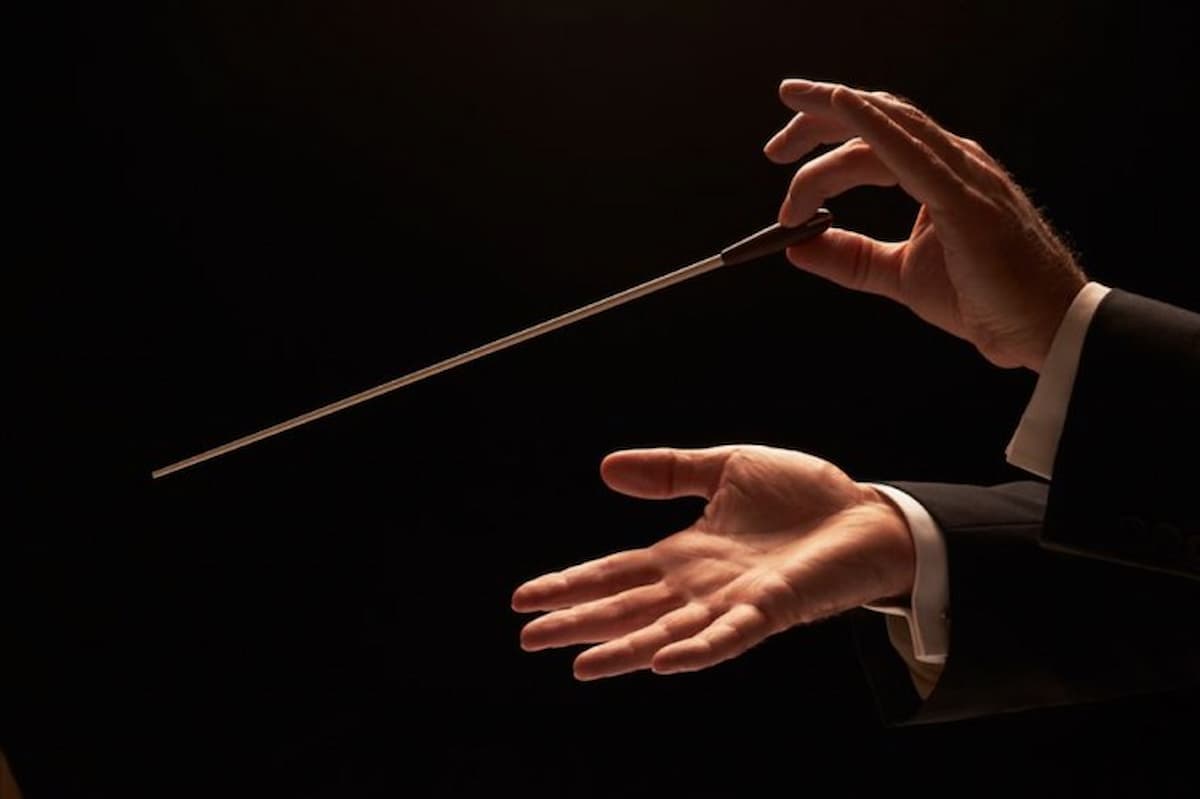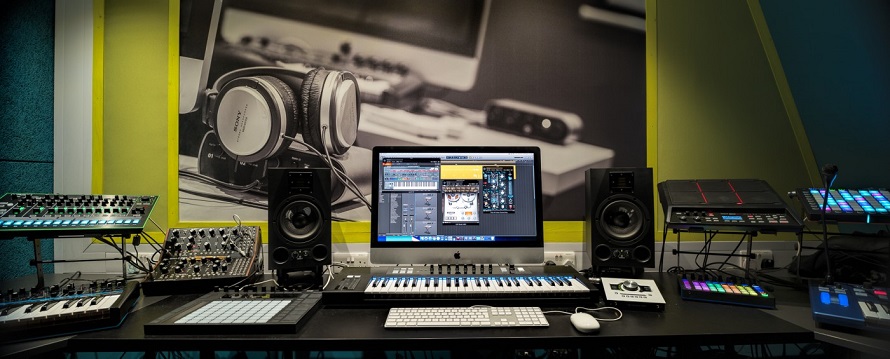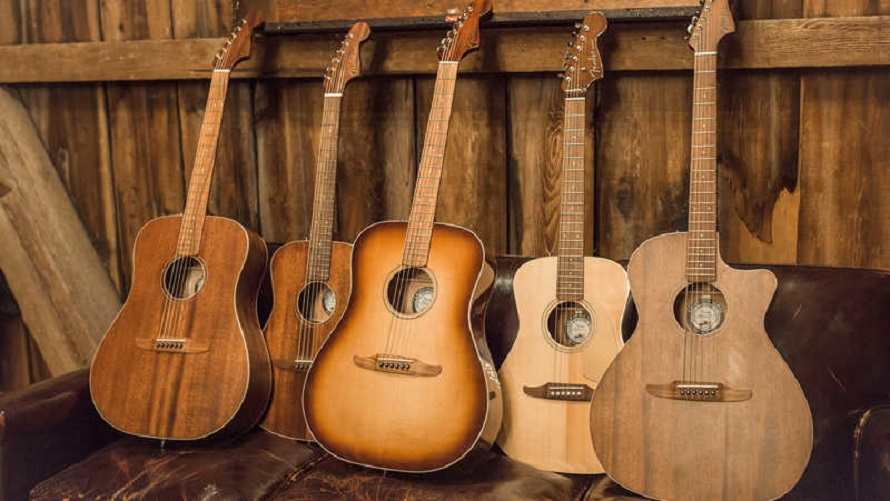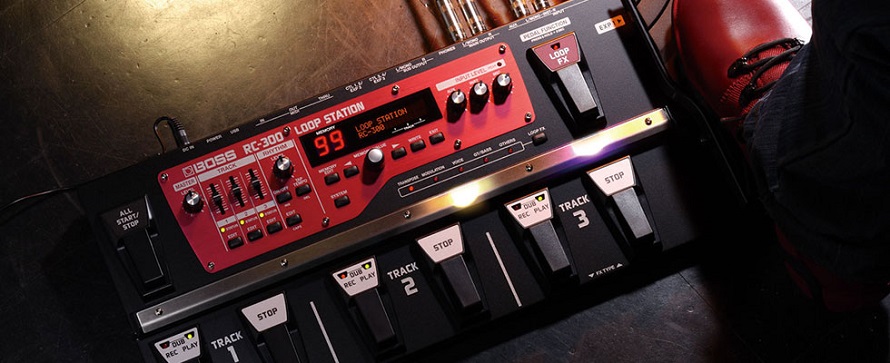Audio & Video
String Instrument Showdown: Which One is Right for You?
Playing an instrument is a lifelong skill that may provide so much joy. Through constant practice, children and adults can benefit from improved creativity, confidence, and discipline, and many other advantages that stem from learning to play an instrument. However, picking the right instrument for you can be difficult if you’re just starting.
The violin family has a long and fascinating history. While these instruments are most pinpointed with classical music, they have also played an important role in blues, jazz, country, bluegrass, and progressive rock. Artists like Ezinma have even blended violin into modern hip-hop and R&B. While classical music is an excellent foundation for studying these instruments, as you can see, there are many other options!
What Is the Best String Instrument to Start On?

If you want to learn to play a string instrument you have a variety of possibilities. In addition to the well-known orchestra strings you can find in a violin shop, there are the guitar, banjo, dulcimer, and other less-known but highly distinctive instruments. While narrowing down the options can be challenging, you can simplify the process by analysing the benefits and requirements of each and then make your decision based on the choice that will work best for you.
The following is a breakdown of the benefits and drawbacks of the most popular orchestral string instruments you can choose from. Although it’s a tough decision with many considerations, this should be the right place to start!
Violin
The violin is the smallest instrument in the family. Surprisingly, the viola was once considered the “standard” size of the instrument family, but opinions evolved as composers and players alike drew towards this little marvel.
The violin has numerous advantages. First, it is available in many sizes or fractions (1/16, 1/10, 1/8, and up to 4/4), allowing even the youngest student to select an instrument that fits their body and hands. Even the most extensive violin is reasonably compact, making it one of the most portable instruments. It also has less expensive strings than its larger siblings.
Learning the fundamentals of violin provides an advantage if you ever want to transfer to viola, cello, or bass, as many of the fundamentals apply across the entire instrument family. More than anything, violins have an excellent sound. The violin family’s highest-pitched instrument boasts a rich sound that can resonate across a music hall and soar over an orchestra.
Viola
The viola is the second-smallest instrument in the violin family, and it gets short shrift among musicians all too often. However, even if it’s less popular than its smaller sibling, most symphonic music and string quartets still require a viola player, making violists constantly in demand!
The bowing, stance, and other methods connected with the violin are, for the most part, applicable to the viola. The sound is an octave lower than the violin, putting it in between the violin’s high singing tone and the cello’s more stately, stentorian sound.
It occupies the same middle ground in terms of size. Smaller hands may choose to begin with the violin and go to the viola later, but if your body is ready, the viola is a great and under-appreciated instrument!
Cello
We suggest you take a seat for this one. Yes – unlike the violin and viola, which you can play standing or sitting, the cello is nearly exclusively performed sitting. It’s too big to hold up for extended periods but too short for most adults to play without looking ridiculously bent over.
If it sounds like a hassle, it’s well worth it for the sound! The cello is the second-largest and second-lowest instrument in the violin family, with a tonal range that oscillates between high and low. That means it works equally well with high-end pizzicato and keening melodic leads as with solid bowed/plucked basslines.
You can’t move a cello as effortlessly as the violin and viola, and the instruments and strings are substantially more expensive. Nonetheless, it’s a profoundly pleasurable instrument to learn and play for those devoted enough to overcome those roadblocks.
Bass
The bass, also known as the upright bass or double bass, is the largest, lowest in sound, and most expensive instrument in the violin family. A bass, as tall as an adult, can be hard to manoeuvre, and it takes some getting used to how one leans over the instrument to play it.
But what a noise! The bass can still be delicate on the upper end, but it is necessary to produce those down lows. Though it will always have a role in classical music, the bass is unquestionably more important to the sound of jazz. From Jimmy Garrison to Charlie Haden and Charles Mingus, several of the instrument’s most prominent players throughout the last century laboured to establish the sound of the bass in jazz in the mid-20th century. For decades, that bottom tone defined the music as a whole!
Bass, like viola, is an excellent choice if you want to pursue a professional career. Due to the difficulties of learning to play and transporting such a massive instrument, bass is a less travelled path, but those who are determined enough to master it will be highly rewarded.
How Do I Know What Instrument Is Right for Me?

Now that you’ve learned more about the main string instruments you have at your disposal, it’s time to choose the one that’s ideal for you. Before selecting, consider your experience, the style of music you wish to produce, and your budget. Instruments are an expression of the musician’s personality. Listening to different tracks of music played solely by that instrument is one of the most incredible ways to decide which string instrument to play.
Look for solo performance videos of each string instrument on the internet. It’s beneficial to select a variety of genres for each sample. Listen to jazz, classical, rock, and bluegrass concerts to hear each instrument’s full potential.
If you choose a random instrument, you can become disinterested rapidly. However, if you pick a specific instrument because the sound it produces speaks to you—it moves and raises your spirit—you’re more likely to remain with it and gain true mastery.
Whatever you decide, remember that practice makes perfect, and you’ll play like a pro in no time. Learning a new instrument requires time and attention. But don’t worry, it’ll be worth it once you hear how good you sound.







